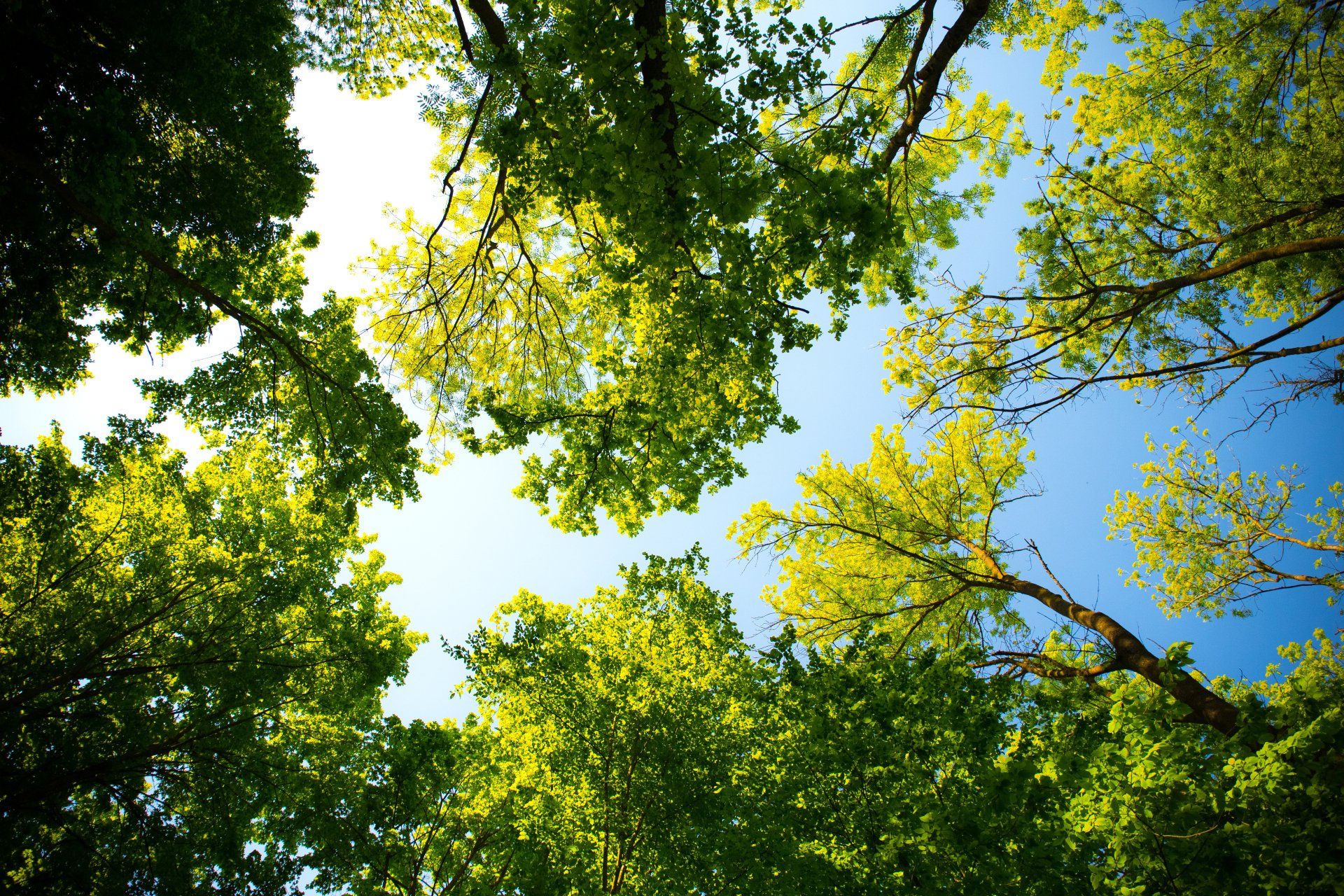How to Identify and Address Drought Stress in Your Connecticut Lawn
Nov 04, 2023
Understanding Drought Stress

A lush, green lawn is a source of pride for many homeowners in Connecticut. However, the challenges of maintaining a healthy lawn in the face of drought stress are all too real. With the changing climate and unpredictable weather patterns, understanding how to identify and address drought stress in your Connecticut lawn is crucial. In this comprehensive guide, we'll explore the causes of drought stress, its impact on your lawn, and the proactive steps you can take to ensure your grass remains vibrant and resilient.
What Is Drought Stress?
Drought stress is a condition where grass and plants experience water shortage, affecting their health and appearance. We'll delve into what exactly drought stress entails and how it affects your lawn.
Connecticut's Climate and Rainfall Patterns
Understanding the local climate and typical rainfall patterns in Connecticut is essential for recognizing the potential for drought stress. We'll discuss these factors and how they impact your lawn.
Signs and Symptoms
Drought stress presents itself through various signs and symptoms. We'll explore the visual cues, such as browning, wilting, and the persistence of footprints on the grass, that indicate your lawn is under stress.
Factors Contributing to Drought Stress
Environmental and Seasonal Factors
Several environmental and seasonal factors can contribute to drought stress. We'll discuss how high temperatures, low humidity, and lack of rainfall can worsen the condition.
Soil Composition and Grass Type
Soil composition and grass type play a significant role in determining your lawn's resilience to drought stress. We'll look at how different soil types and grass species can affect drought resistance.
Lawn Maintenance Practices for Drought Resistance
Mowing, Watering, and Fertilizing
Proper lawn care routines are essential in preventing and mitigating drought stress. This section provides a detailed guide on mowing, watering, and fertilizing practices that promote drought-resistant lawns.
Aeration and Overseeding
Aeration and overseeding are key practices in maintaining a healthy lawn. We'll discuss the importance of these practices and how they contribute to drought resistance.
Efficient Watering Techniques
Principles of Effective Watering
Efficient watering is a cornerstone of drought resistance. We'll delve into the principles of proper lawn watering, including deep and infrequent watering, and the importance of a well-maintained irrigation system.
Timing and Water Conservation
Timing your watering and implementing water conservation practices are crucial in Connecticut's climate. We'll provide tips on choosing the right time to water and conserving this valuable resource.
Soil Health and Drought Tolerance
The Role of Soil Health
Soil health is integral to your lawn's ability to withstand drought. We'll discuss the importance of soil testing and amendments to improve water retention and nutrient availability.
Drought-Resistant Grass Species
Certain grass species are better suited for Connecticut's soil conditions and climate. We'll introduce drought-resistant grass varieties that can thrive in your lawn.
Drought Stress Recovery and Rehabilitation
Reviving a Drought-Stressed Lawn
Sometimes, despite your best efforts, your lawn may experience drought stress. We'll provide strategies for reviving a drought-stressed lawn, including overseeding and topdressing.
Post-Drought Care
After the drought has passed, caring for your lawn is critical. We'll offer guidance on post-drought maintenance to ensure your lawn recovers its health and vigor.
Seeking Professional Help
When to Consult a Professional
There are situations where professional help is advisable. We'll discuss when it's time to consult with a professional lawn care service and the benefits they can provide.
Choosing a Lawn Care Company
Selecting a reliable lawn care company in Connecticut is crucial. We'll provide tips and recommendations for choosing the right professionals for your lawn care needs.
While many homeowners take pride in maintaining their landscapes, there are times when the health and safety of your trees may require the expertise of a professional tree care specialist. Recognizing when to consult such an expert can prevent potential issues from escalating and ensure the well-being of your trees. Here are some key situations in which it's advisable to seek the guidance and services of a professional tree care expert:
Tree Pruning and Trimming: If your trees have overgrown branches, are encroaching on structures or power lines, or need regular maintenance, professional tree pruning and trimming can help maintain their health and aesthetics.
Disease and Pest Infestations: When your trees exhibit signs of disease, such as wilting leaves, unusual growth, or pest infestations, a tree care expert can identify the issue and recommend the appropriate treatment to save the tree.
Hazardous Trees: Trees with structural defects, such as cracks, weak limbs, or root issues, can pose significant safety hazards. A professional can assess the tree's condition and determine if it should be removed or if there are measures to mitigate the risk.
Storm Damage: After severe weather events like storms, trees may suffer damage that requires immediate attention. Professional arborists can safely remove fallen or damaged branches and assess the tree's overall health.
Tree Removal: If a tree is dead, dying, or poses a risk to people or property, it's best to consult a professional for safe and efficient tree removal. They have the tools and expertise to handle this delicate task.
Transplanting and Relocation: When you want to relocate a mature tree, professional tree care experts can help with the delicate process of uprooting and replanting, increasing the chances of successful transplantation.
Tree Health Assessment: Regular tree health check-ups by an arborist can catch potential issues early and prevent the decline of your trees. They can recommend appropriate care to maintain tree vitality.
Urban Planning and Development: In urban environments, planning and development often require considerations for existing trees. Arborists can provide guidance on how to preserve trees during construction and development projects.
Consulting a professional tree care expert in these situations ensures the well-being of your trees, the safety of your property, and the preservation of your landscape. Their knowledge and experience are invaluable in maintaining healthy and thriving trees for years to come.
Maintaining a vibrant and healthy lawn in Connecticut requires a proactive approach to drought stress. We've explored the causes, signs, and symptoms of drought stress, as well as the steps you can take to address it. By implementing these strategies, you can ensure your lawn remains resilient and beautiful despite the challenges of drought.
CALL NOW
Contact Us
Thank you for contacting us.
We will get back to you as soon as possible
We will get back to you as soon as possible
Oops, there was an error sending your message.
Please try again later
Please try again later

Website Managed by
Leads By Vinny